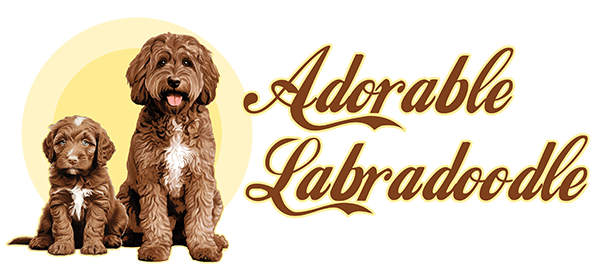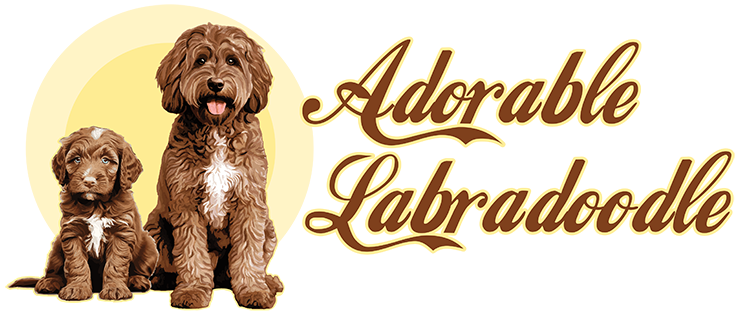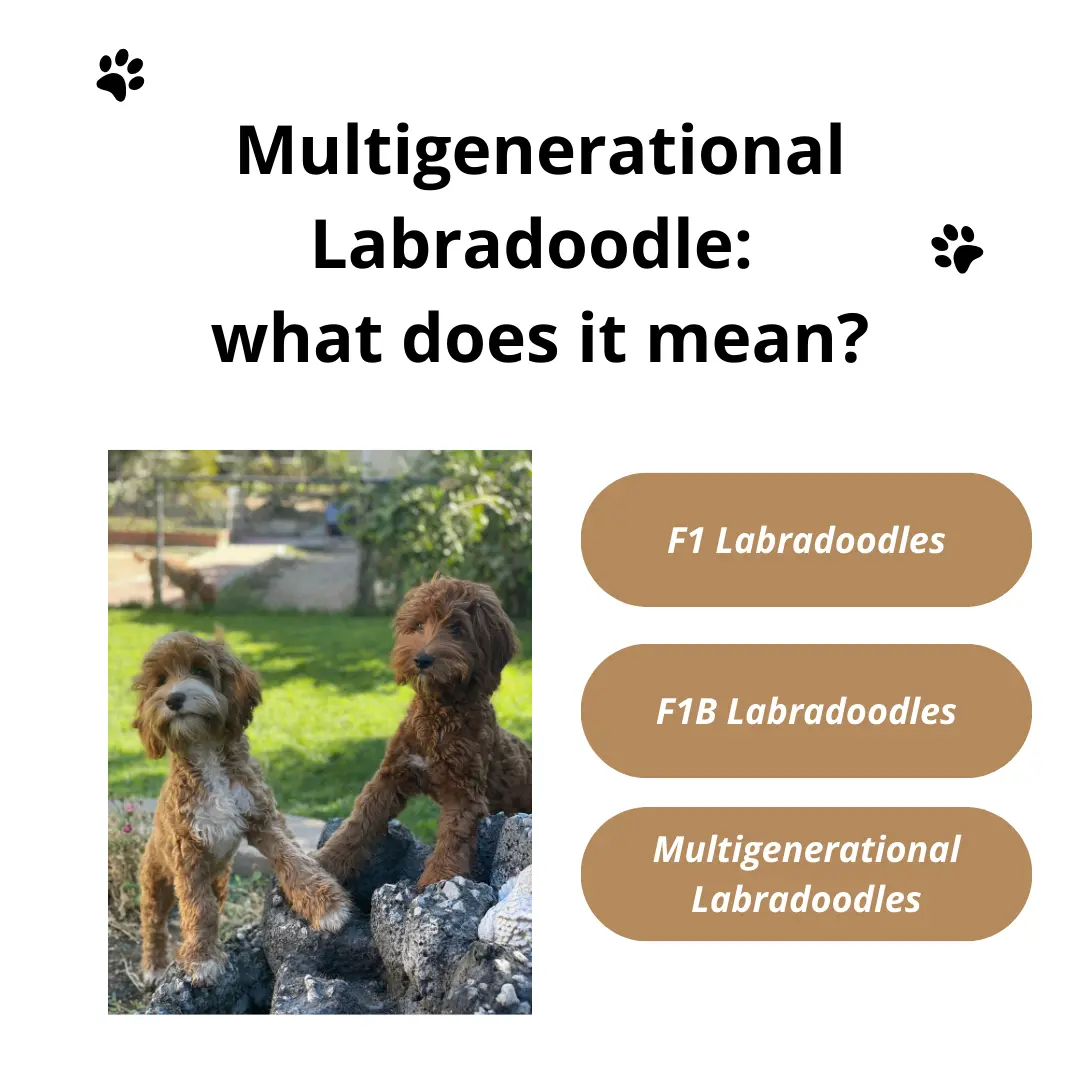When you think of a Labradoodle, you might imagine a playful, hypoallergenic dog with a friendly temperament. But have you heard of a multigenerational Labradoodle? This term is becoming more popular as breeders aim to perfect this beloved hybrid dog. But what exactly does it mean, and how does it differ from other Labradoodles? Let’s dive into the world of multigenerational Labradoodles and explore what makes them special.
What Is a Multigenerational Labradoodle?
A multigenerational Labradoodle is a Labradoodle that is bred from two Labradoodles, rather than from a purebred Labrador Retriever and a purebred Poodle, which is the case with first-generation Labradoodles. In other words, these dogs have multiple generations of Labradoodles in their ancestry, which can contribute to more consistent traits, especially when it comes to coat type, temperament, and overall health.
Understanding the Generations of Labradoodles
Before we can appreciate the concept of a multigenerational Labradoodle, it’s important to understand the different generations of Labradoodles:
- F1 Labradoodles – These are the first-generation Labradoodles. They are a mix of one Poodle and one Labrador Retriever. This generation can vary widely in terms of coat texture, color, and behavior due to the diversity of traits passed down from the parent breeds.
- F1B Labradoodles – An F1B Labradoodle is a backcross between an F1 Labradoodle and a Poodle. This generation tends to have more predictable traits, especially when it comes to hypoallergenic coats, since the Poodle parent contributes more to the genetics.
- Multigenerational Labradoodles – As mentioned, these dogs have multiple Labradoodles in their lineage. This helps maintain a more consistent coat and temperament across generations.
By focusing on breeding Labradoodles with each other, breeders can stabilize desired traits in the puppies, making multigenerational Labradoodles a good option for potential dog owners looking for more predictable characteristics.
Benefits of Choosing a Multigenerational Labradoodle
- Predictability – One of the main benefits of multigenerational Labradoodles is the increased predictability in traits. Because these dogs are bred from several generations of Labradoodles, breeders are better able to ensure consistent qualities like coat texture, color, size, and temperament.
- Hypoallergenic Coats – Many dog lovers choose Labradoodles because of their hypoallergenic coat, which sheds very little. While first-generation Labradoodles can have varying coat types, multigenerational Labradoodles are more likely to have a low-shedding, wavy or curly coat due to their Poodle lineage, making them a great option for individuals with allergies.
- Temperament Consistency – Labradoodles are known for their friendly, intelligent, and social nature. By breeding two Labradoodles together, breeders can help ensure that the puppies inherit these desirable traits, making multigenerational Labradoodles more likely to have a calm, affectionate temperament.
- Health Advantages – Like any breed, Labradoodles can be prone to certain health issues, such as hip dysplasia or eye problems. However, multigenerational Labradoodles have the potential for better overall health. Since their genes come from multiple generations of Labradoodles, they may be less likely to inherit some of the health problems found in first-generation mixes.
How Multigenerational Labradoodles Differ from Other Labradoodles
While multigenerational Labradoodles have many advantages, it’s important to understand how they compare to other types of Labradoodles. The main difference lies in the predictability of the traits.
- F1 Labradoodles are the most genetically diverse, which means they might inherit more varied characteristics, such as different coat types or personality traits from the Labrador Retriever and Poodle parents.
- F1B Labradoodles generally have a more predictable coat type, but the temperament may vary more compared to a multigenerational Labradoodle.
- Multigenerational Labradoodles provide more consistency across the board, especially with their hypoallergenic coats and friendly, adaptable nature.
Things to Consider When Choosing a Multigenerational Labradoodle
While multigenerational Labradoodles can be a great choice for many families, there are a few things to keep in mind:
- Cost – Because of their more consistent traits and careful breeding process, multigenerational Labradoodles may be more expensive than first-generation or F1B Labradoodles.
- Availability – These dogs can sometimes be harder to find, as they require specialized breeding programs to ensure the right mix of generations.
- Commitment – Like all dogs, Labradoodles require time, attention, and care. While multigenerational Labradoodles may have fewer surprises when it comes to coat or temperament, they still need proper training, socialization, and regular exercise.
Conclusion
A multigenerational Labradoodle is the result of breeding two Labradoodles together over multiple generations. This type of Labradoodle is often more predictable in terms of coat type, temperament, and health, making it an ideal choice for families looking for a friendly, hypoallergenic dog. Whether you’re drawn to their low-shedding coats or their loving personalities, multigenerational Labradoodles are sure to make a wonderful companion.
If you’re considering adding a Labradoodle to your family, opting for a multigenerational Labradoodle may provide you with the consistency and reliability you’re looking for in a pet. Make sure to research reputable breeders to ensure you’re getting a well-bred, healthy puppy that will thrive in your home.



